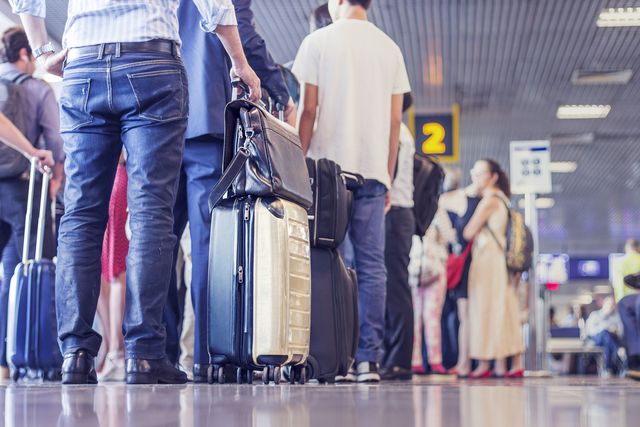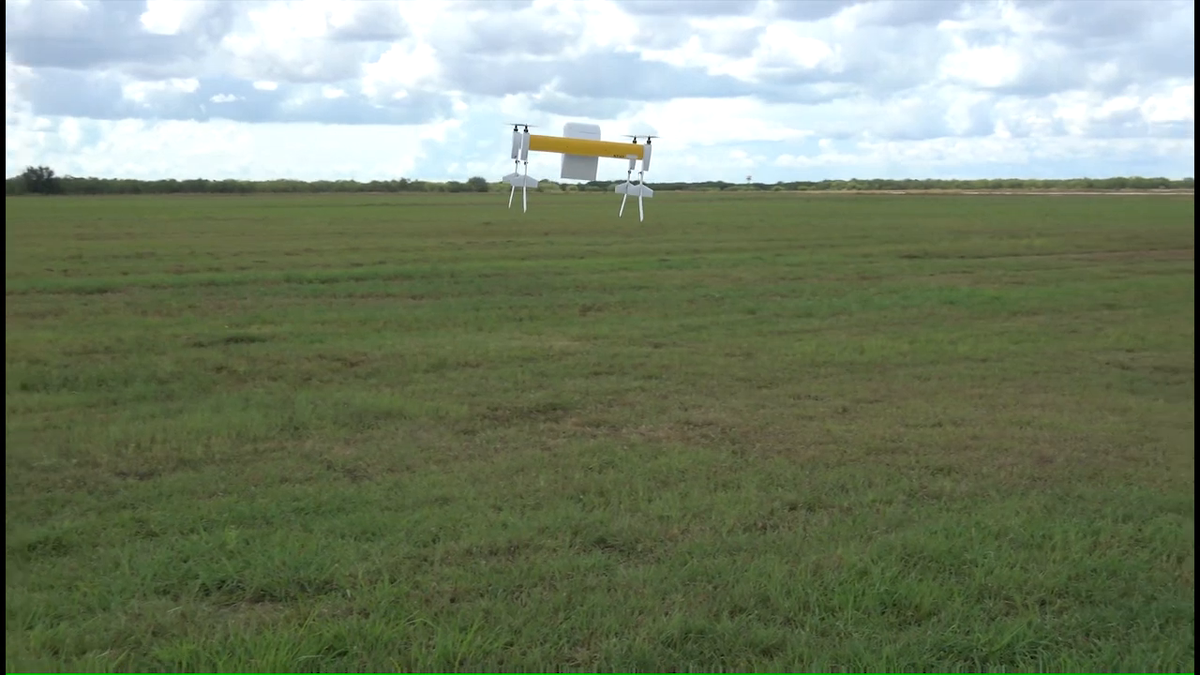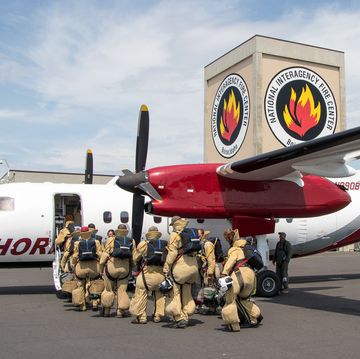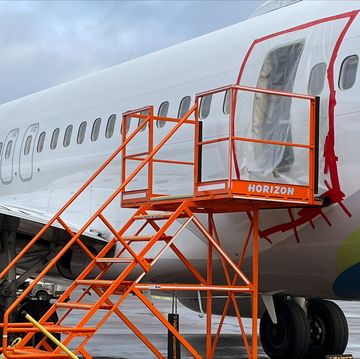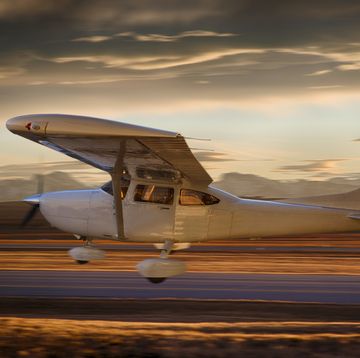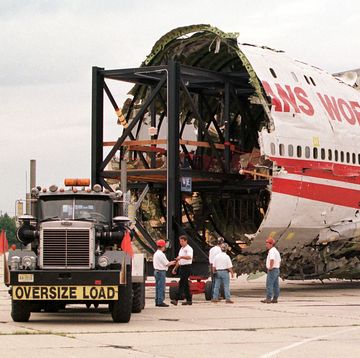Climate change: it's disrupting our planet, and it's going to disrupt your future travel plans, especially if you're planning to fly. Weather disruptions will mean more delays and cancellations, strengthening jet streams at high altitudes means more turbulence, and traveling against the jet stream (like flying from Europe to the U.S.) means your flights will take longer.
Heat waves and rising temperatures cause the air to thin , which makes it harder for planes to generate enough lift during takeoff. Scientists predicted in the journal Climatic Change that between 10 to 30 percent of flights scheduled during the hottest time of the year will require weight restrictions. Short runways — like those at New York's LaGuardia Airport — will be especially vulnerable.
For a Boeing 737, the average weight restriction would mean lightening up by 720 pounds, or taking off three passengers with their luggage. The numbers can add up. “If you did that to a bunch of flights, that would cost a lot of money,” says Ethan Coffel, a climate science graduate student at Columbia University.
Meanwhile, unexpected storms will continue to wreck havoc, damaging equipment and terminals, and flooding low-lying areas like airports in coastal regions. Blistering heat can literally melt airport tarmacs, as in 2012, when a plane sank four inches into the runway at Ronald Reagan Washington National Airport. Newer airports will plan for rising sea levels, and hope to be better prepped for flooding.
“We’ll be able to adapt to these things, but it does have a penalty,” says Coffel. “You have to spend money just to maintain today’s performance, so in that sense [with] any adaptation, even if its successful, you’re still basically paying the cost of climate change.”
Buckle up for flying in the age of climate change: worse than ever before.
Source: Popular Science

Laura Yan is a writer in Brooklyn. Her writing has appeared in Wired, GQ, The Cut, Pacific Standard, Longreads, The Outline, and elsewhere.
